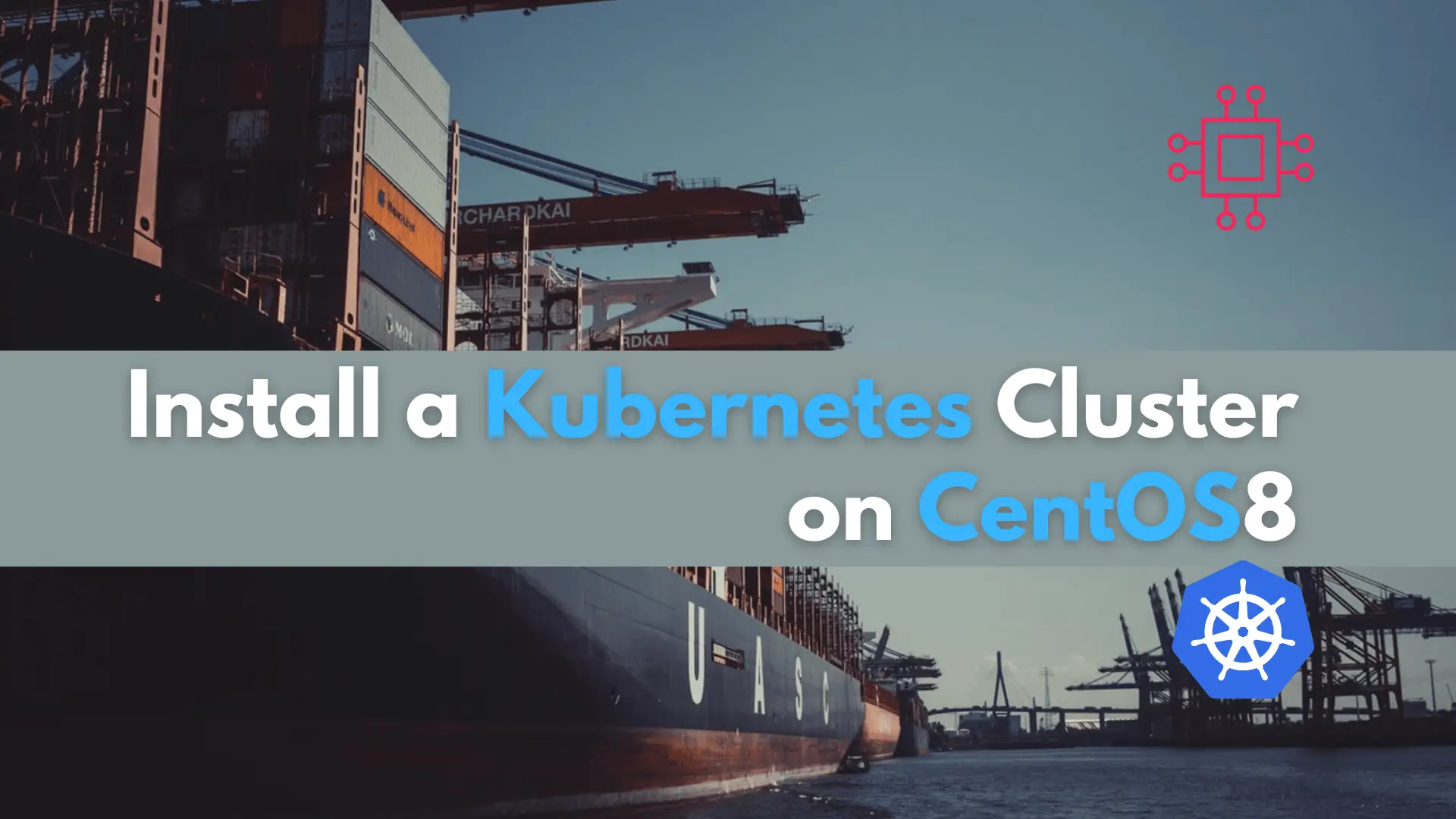
In this tutorial, we will review the Kubernetes cluster install on CentOS8. This procedure will mirror our previous article about this subject. Install a Kubernetes

As the demand for skilled Kubernetes professionals continues to surge, obtaining a Kubernetes certification has become a pivotal step in advancing your career in the realm of container orchestration.
With various certification paths available, it can be challenging to determine which one aligns best with your goals and expertise. In this guide, we’ll break down the Kubernetes certification landscape, providing step-by-step instructions on selecting the right path for you.

Photo by Alexander Bobrov from Pexels
Certified Kubernetes Administrator (CKA):
Certified Kubernetes Application Developer (CKAD):
Certified Kubernetes Security Specialist (CKS):
Identify your current role, whether it’s in system administration, application development, or security. Understand your career goals and the specific skills you want to enhance.
Visit the official CNCF (Cloud Native Computing Foundation) website or the certifying body’s site to review the specific requirements for each certification. Ensure you meet the prerequisites and have the necessary experience.
Utilize online platforms, official documentation, and reputable training providers to enhance your skills. Hands-on labs and practice exams are valuable resources to prepare for the certification exams.
Take advantage of practice exams to familiarize yourself with the format and level of difficulty. Identify weak areas and revisit related topics to strengthen your knowledge.
Once you feel confident, schedule your exam through an authorized certification provider. Be well-prepared on the exam day, ensuring a stable internet connection and a quiet environment.
After achieving certification, stay updated on Kubernetes developments, best practices, and emerging technologies. Engage with the Kubernetes community through forums, meetups, and conferences.
Choosing the right Kubernetes certification path is a crucial decision in advancing your career. By understanding your role, goals, and the skills required, you can navigate the certification landscape effectively. Follow the step-by-step instructions provided in this guide to embark on your Kubernetes certification journey and unlock new opportunities in the dynamic world of container orchestration. Good luck on your certification endeavors!
Related Posts

In this tutorial, we will review the Kubernetes cluster install on CentOS8. This procedure will mirror our previous article about this subject. Install a Kubernetes

If you’re a developer or IT professional looking to test and deploy Kubernetes applications, learn how to install Minikube on RHEL9 or CentOS9 with this

In today’s article, we will review the step-by-step process involved with a Kubernetes cluster install on Ubuntu server version 20.04. However, this procedure will work
